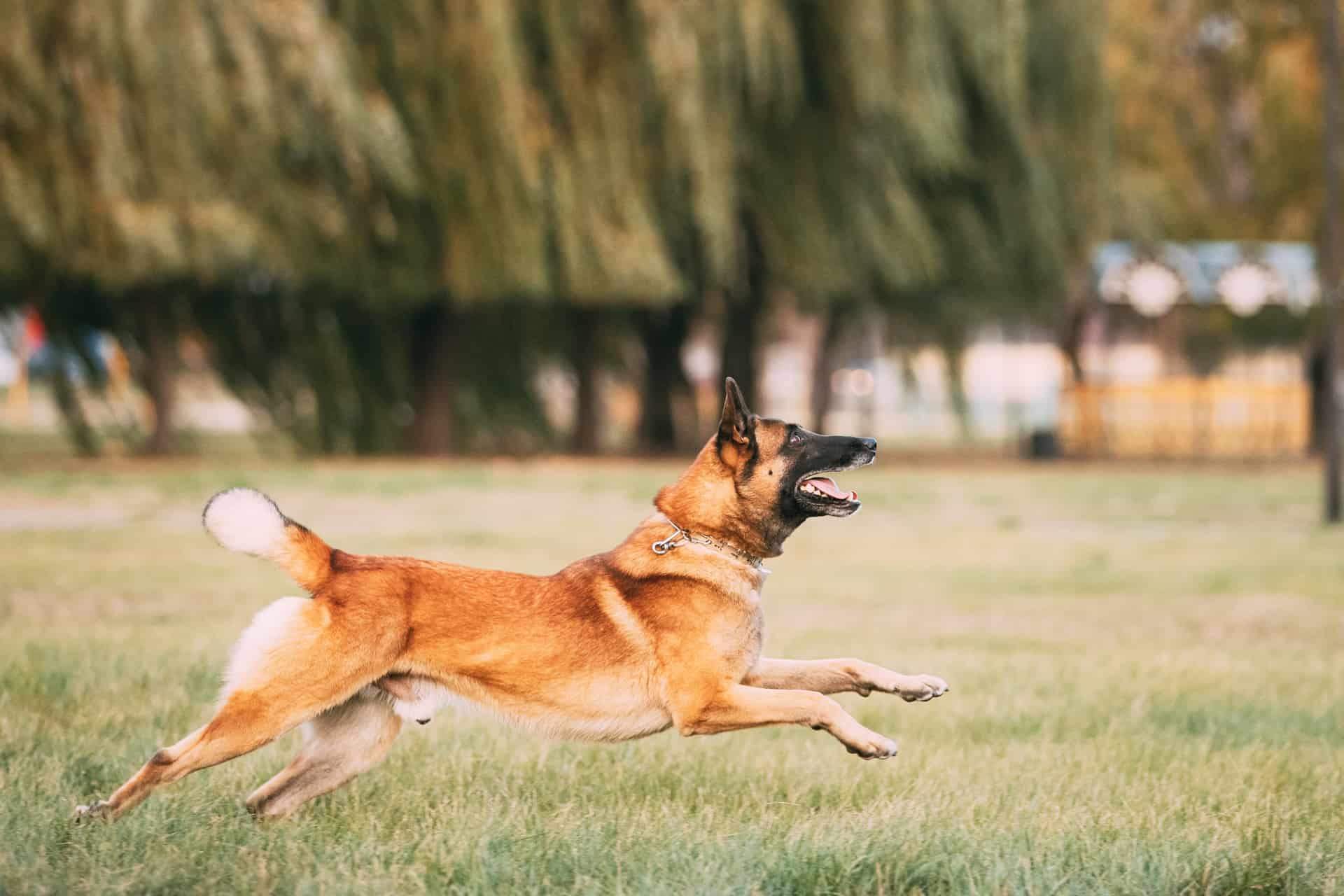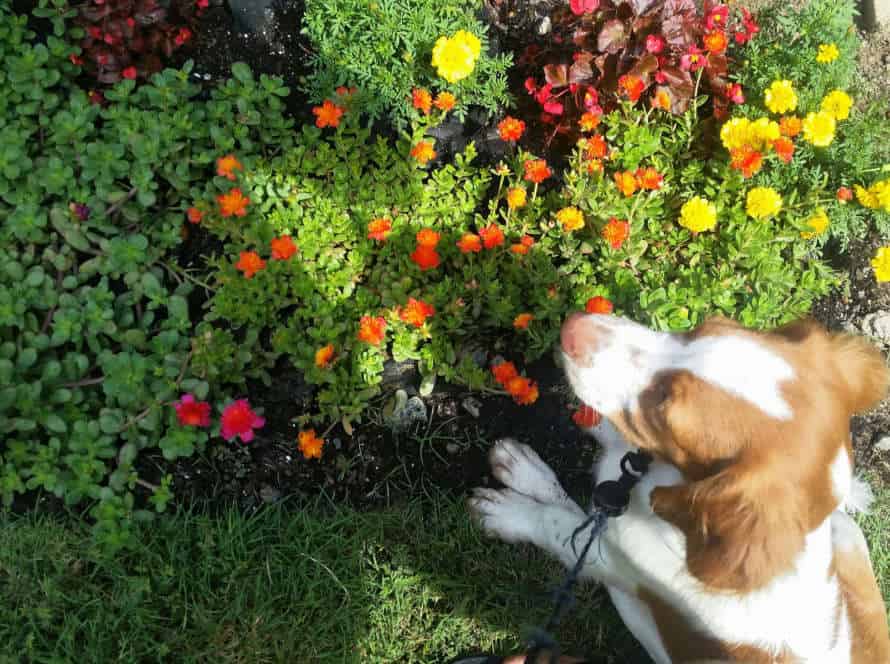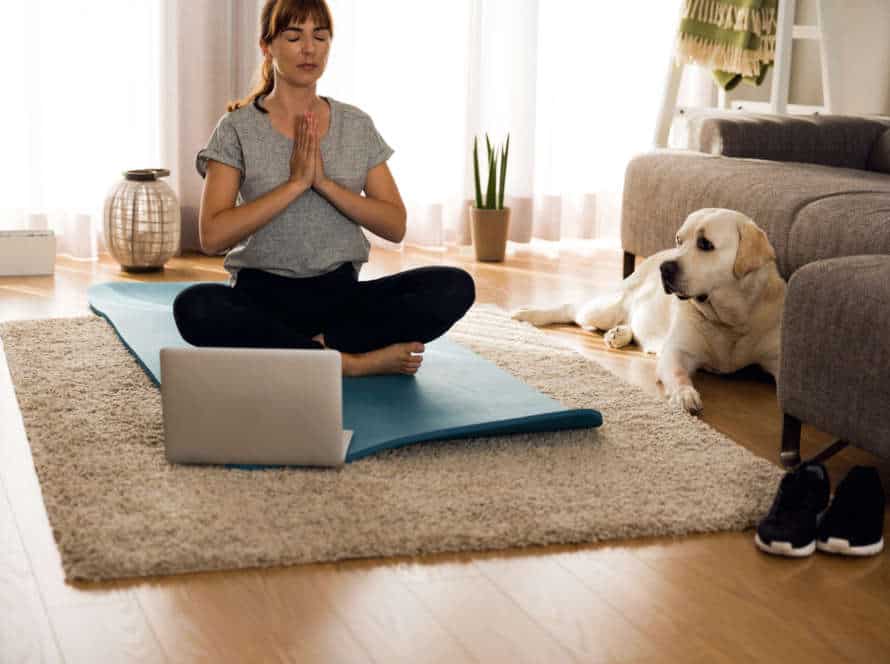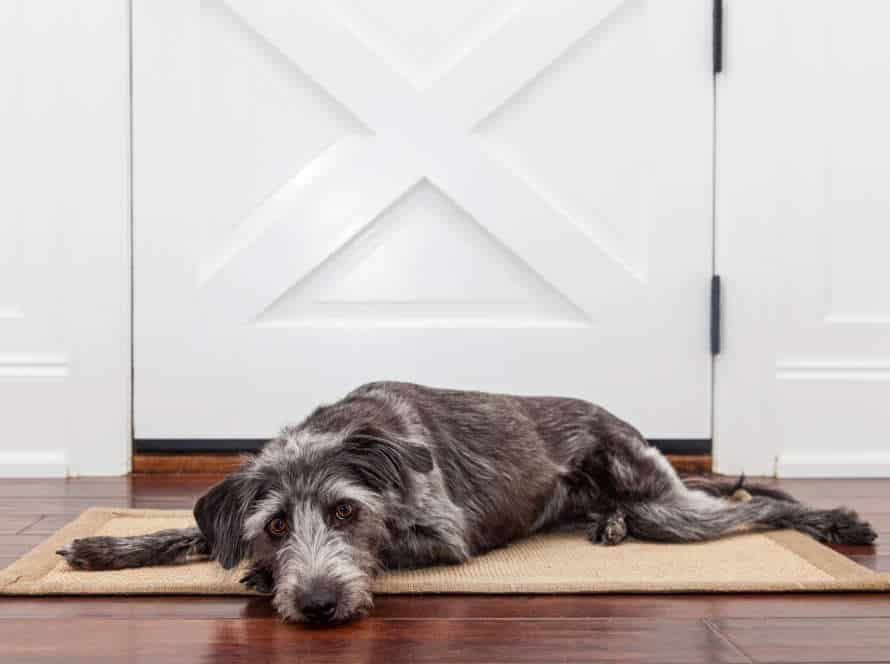How to Use Baby Gates and Barriers to Control Jumping
Baby gates and barriers can be a good way to stop jumping in both kids and pets. Here’s how:
- Choose one that’s tall enough to contain your child/pet.
- Put it in doorways, stairways or other places where jumping might happen.
- Train your child/pet the limits of the gate/barrier and keep reinforcing the rules.
- Look after them when they’re near the gate/barrier to prevent any jumps.
- For pets that like to jump, use a taller barrier or teach them to stay off furniture and higher surfaces.
Pro Tip: Baby gates/barriers can also be used to make play areas for kids/pets. They’ll be safe and contained, but still have lots of fun!
The Importance of Baby Gates and Barriers in Controlling Jumping
Baby gates and barriers are must-haves. They stop jumping and help kids explore in a secure way. They remind children to stick to areas you said are off-limits. This helps keep them safe, while also letting them learn and grow in safety. Let’s look further into why baby gates and barriers are important.
Understanding the Benefits of Baby Gates and Barriers
Baby gates & barriers are key for parents to keep their little ones safe & set boundaries at home. Especially when it comes to jumping! Jumping can be hazardous for babies & toddlers as their coordination & balance are not fully developed.
Gates & barriers provide a physical barrier to stop climbing & jumping off elevated surfaces, such as stairs or beds. They also protect children from hazardous areas like kitchens & fireplaces.
When using baby gates & barriers to control jumping, pick the right type & install it correctly. Pressure-mounted gates are great for temporary use, while hardware-mounted gates are more secure & best for long-term use.
In addition to using gates & barriers, supervise your child & teach them good habits like climbing down stairs instead of jumping.
Pro Tip: Always read manufacturer instructions before installing & using baby gates & barriers. Also, regularly check for signs of wear & damage.
The Risks of Allowing Uncontrolled Jumping
Uncontrolled jumping can put your little one in danger. Baby gates and barriers are great for regulating such behavior. Here are a few tips:
- Use pressure or hardware-mounted gates to block off places they could jump, like stairs and balconies.
- Place barriers around furniture that could lead to jumping, like chairs and tables.
- Use playpens or play yards to create a safe area.
- Supervise your child and prevent them from jumping when it’s unsafe.
With baby gates and barriers, you can help protect your child from potential accidents caused by uncontrolled jumping.
Choosing the Right Baby Gates and Barriers for Your Needs
Baby gates and barriers are a must-have for baby safety at home. They help in controlling jumping and wandering. Pick the right one for your family and home.
Pressure-mounted and hardware-mounted gates are best for controlling jumping. Pressure-mounted ones are easy to install, but not good for active children. Hardware-mounted gates are sturdier and more secure.
Put gates and barriers at the top and bottom of stairs, hallways and rooms with potential hazards. Make sure they are firmly in place, and can’t be pushed or climbed over.
No gate or barrier can replace adult supervision. So, use the gates and barriers together with parental attention.
Pro Tip:
Go for JPMA-certified gates and barriers. They meet the industry safety standards.
Using Baby Gates and Barriers in the Home
Baby gates and barriers are a great way to keep kids safe. Place them at staircases or to stop unsupervised outdoor play. And, use them to teach your kids to stay within boundaries. Here’s the lowdown on different types of gates and barriers and how to use them properly:
Installing Baby Gates and Barriers Effectively
Installing baby gates and barriers properly is a must for keeping your little one safe and managing jumping. Here are some tips to help you install them correctly:
- Measure openings often. Measure the opening where you want to put the gate or barrier. This guarantees you buy the right size device.
- Research before buying. Make sure the type of gate suits the space, attaches safely to walls or railings, and has features that make it easy to open and close with one hand.
- Read and follow instructions carefully. It’s important to know how to install the gate.
- Test the gate. Push or pull it after installing to check it’s secure. Test it regularly.
The correct installation of baby gates and barriers can prevent kids from getting hurt and help manage their movement.
Determining Where to Place Baby Gates and Barriers
For maximum safety of your baby, it’s essential to figure out the right places to install baby gates and barriers in your home. These devices protect the baby from entering places that could be hazardous.
Identify places in your house that could be dangerous for the baby, like stairs, rooms with fireplaces and rooms with fragile items.
Measure the width and height of the areas you want to close off with a baby gate. Find a gate that fits these measurements.
Make sure it’s securely attached to walls or other stable surfaces. Ensure it cannot be dislodged or toppled by your baby.
Always supervise your baby when they are near a baby gate. Never use a gate or barrier as a substitute for your watchful eye.
Preventing Children from Escaping
Preventing children escaping and controlling jumping can be difficult for parents. But using baby gates and barriers at home is a great way to keep them safe. Here are some tips to help you use them better:
- Choose the right type of gate or barrier according to the area and height you want to block off.
- Mount it securely following the manufacturer’s instructions. Make sure your child cannot easily move it.
- Use a pressure-mounted gate for non-hazardous areas, like doorways. Use a hardware-mounted gate for the top of the stairs or other hazardous areas.
- If your child tries to climb or jump, use a second barrier or move the gate to a new place.
- Teach your child to respect the gate or barrier. Explain why it is there to keep them safe.
By following these tips, you can make a secure environment for your child and feel assured that they are safe from any dangers or accidents.
Using Baby Gates and Barriers Outside
Baby gates & barriers are a great way to protect your child when playing outdoors. Retractable gates, Baby Playard Gates & dog gates are popular options. Let’s look at the pros & cons of each, to help you choose the best one for your needs. Gates stop the kids from running away & keep them from climbing walls or jumping into water features.
Choosing the Right Baby Gates and Barriers for Outdoor Use
When picking outdoor baby gates and barriers, safety, durability and ease of use are key. Here are some tips to help you select the perfect ones:
- Opt for sturdy materials that can withstand rough weather.
- Gates and barriers with adjustable widths fit different doorways and openings.
- Look for gates and barriers with walk-through doors for easy access.
- Make sure latches and locks are secure to stop your child opening them.
- To prevent jumping, pick gates and barriers with tall bars or netting.
- Supervise your kid when playing outside – even when using gates and barriers.
Pro tip: Choose ones that are easy to install and move as needed.
Installing Outdoor Baby Gates and Barriers
Get a baby gate or barrier specifically made for outdoors! Put it up on a flat, stable surface. Make sure the gate or barrier fits the opening perfectly, so your child can’t climb over or squeeze through. Create a designated play area with the gate and supervise your little one at all times. Following these tips will ensure a safe and fun outdoor experience for your child.
Creating Safe Play Spaces Outdoors
Creating safe play spaces outdoors is essential for kids. Baby gates and barriers can help control jumping. Here are tips for using them:
- Choose a sturdy, stable one for outdoor use.
- Secure it properly to stop the child from pushing or pulling it down.
- Set it up around the designated play area.
- Use colourful, engaging toys and activities inside the play area.
- Supervise your child while they play. Keep an eye on behaviour around the gate or barrier.
Teaching Children about Baby Gates and Barriers
Teaching kids to respect and employ baby gates and barriers is essential. They help protect young kids from danger. Also, they offer toddlers and small children a secure place to play. Teaching children concerning the significance of baby gates and barriers can create more secure homes. Plus, it gives children a spot to explore and play safely.
Let’s look more closely at how to utilize baby gates and barriers to stop jumping.
Explaining the Purpose of Baby Gates and Barriers to Children
Baby gates and barriers are all about creating a safe and protected space for young children. They help keep kids away from places like stairways, fireplaces, and kitchen appliances, and stop them from jumping or climbing to avoid accidents.
Parents and caregivers should explain the significance of safety and the risks of potential hazards to kids. Showing children how to use the gates and boundaries and setting clear rules are also necessary.
Here are some tips for using the gates and barriers to stop jumping:
- Choose one that is solid and can support a child’s weight.
- Place it in an area that adults can easily spot and access.
- Describe to the child why the barrier is essential and why they must not try to jump over it.
- Always stay strict on the limits and remind children of the consequences when they jump or climb over the gate or barrier.
Bonus tip: Speak positively to children when it comes to gates and barriers, highlighting the advantages of security.
Training Children to Use Baby Gates and Barriers Safely
Teaching kids to use baby gates and barriers is essential for safety. Here are a few tips:
- Explain why they should stay safe, and not jump on furniture or stairs.
- Show them how to use the gate/barrier properly.
- Encourage them to practice going through without help.
- Make sure the gate/barrier is secure and in the right spot.
- Watch them when they use it.
- Reward them for using it correctly.
Remember that repetition is key to help them remember.
Encouraging Children to Respect Baby Gates and Barriers
Explaining to kids why baby gates and barriers are so important is crucial to keep them safe and sound. Show them how to open or close them correctly and make sure they don’t climb over or under. You can explain to them the consequences of not respecting the barriers, like getting hurt or not being able to play, to help them understand the importance of following rules.
Praising children when they obey will encourage them to follow the rules and respect the barriers. Don’t forget to remind them often why it’s so important to stay safe by respecting baby gates and barriers. Teaching children about baby gates and barriers is key to keep them safe and give you peace of mind, knowing that they won’t wander into dangerous areas or get hurt while playing.
Frequently Asked Questions
Q: What are baby gates and barriers for?
A: Baby gates and barriers are used to prevent babies and toddlers from accessing certain areas of the house, such as staircases or rooms with dangerous objects.
Q: How high should a baby gate or barrier be?
A: The height of the gate or barrier depends on the age and size of the child. For toddlers, a gate or barrier should be at least 32 inches tall to prevent jumping over it.
Q: How do I install a baby gate or barrier?
A: Follow the manufacturer’s instructions carefully. Make sure the gate or barrier is securely attached to the wall or doorway.
Q: How can I prevent my child from climbing over the gate or barrier?
A: You can add extensions to make the gate or barrier taller or use a barrier with vertical slats to make it difficult to climb.
Q: What if my child is already jumping over the gate or barrier?
A: Try using a gate with a swinging door or use a barrier that your child can’t climb over, like a playpen or a freestanding barrier.
Q: How long should I use a baby gate or barrier?
A: Use a gate or barrier as long as it’s necessary to keep your child safe. Once your child is able to safely navigate the area, you can remove the gate or barrier.







